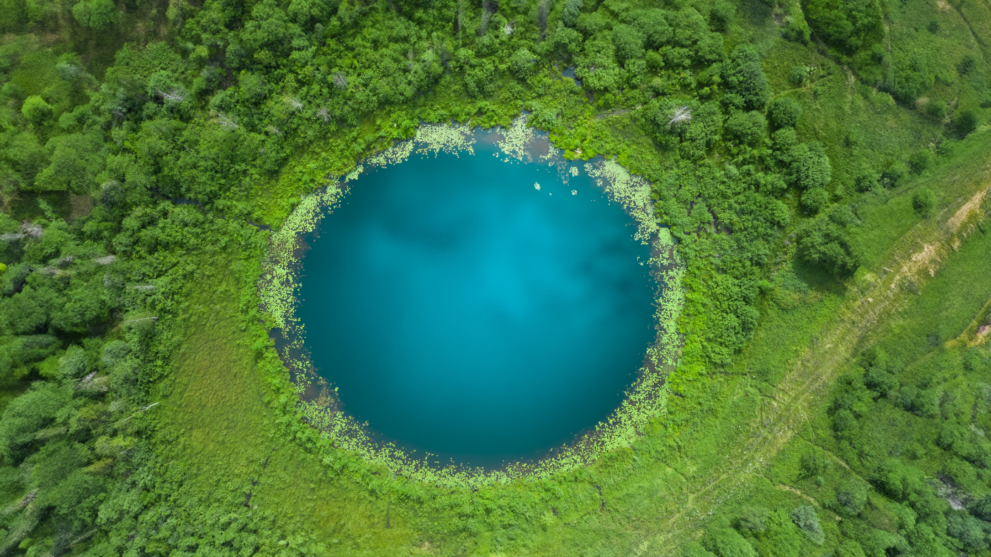Investing in nature – transforming finance to build a circular bioeconomy

Nature-based solutions (NbS) are the most cost-effective approach to addressing biodiversity loss and desertification. They can also contribute over a third of the emissions reductions needed by 2030 to limit global warming to below 2 degrees Celsius. Yet, today, annual investments in nature-based solutions total just USD 200 billion – estimates suggest this needs to increase nearly fourfold by 2050 to deliver internationally agreed nature and climate targets.
At the heart of this growth will be the rise of a circular bioeconomy – an economy based on nature that looks for innovative, nature-positive alternatives to many of the materials and business models we currently rely on. At Building Bridges 2024, the question for policymakers and investors alike – how can we unlock the vital investment needed to support biodiversity and build the circular bioeconomy?
The rise of a circular bioeconomy
Healthy ecosystems are essential in our efforts to control rising temperatures. Every year, the world’s land and oceans absorb more than half of all man-made carbon emissions[1]. Despite this, our economic activities are degrading the natural world, destroying the ability of many landscapes to absorb carbon, turning them instead into vast new sources of emissions.
As we transition to a circular bioeconomy, we will restore these landscapes by uncovering new value in nature. Bio-based materials – such as cross-laminated timber instead of structural concrete, and cellulose instead of steel – will replace some of the unsustainable materials we extract today. And circularity – where we focus on re-use, repair, and recycling – will reduce waste and the need for new materials, while retaining value within the value chain.
Implementing nature-positive supply chains
To achieve this transition at scale, finance is needed. Though there has been an increase in nature investment products – such as payment for ecosystem services, green bonds, and carbon and biodiversity offsets – we also need new products tailored specifically to supply chains in different sectors.
One example is creating new incentives for carbon ‘insetting’, especially in food systems, where regenerative agricultural techniques offer unique insetting opportunities. While traditional carbon off-sets are purchased to counterbalance supply chain emissions, carbon insetting refers to carbon sequestration that happens within a company’s value chain, creating measurable, tangible, and immediate emissions reductions.
Regulations as a catalyst
Regulations – such as the EU’s forthcoming Deforestation Regulation – have a key role to play in closing the nature investment gap. Despite headlines about a political ‘green-lash’, the long-term picture remains unchanged – driven by a need to secure supply chains against the impact of climate change, new regulatory frameworks are increasingly putting pressure on businesses to minimise their impact on nature.
For investors, this is creating the potential for a major revaluation of nature-positive products and services, and the possibility that corporate demand may soon outstrip supply.
The rise of nature-based solutions offers a glimpse of tomorrow’s economy. A circular, bio-based economy that works in harmony with nature rather than at its expense, creates new livelihoods in managing and preserving ecosystems rather than degrading them, and recognises nature as what it really is – our greatest asset.
[1] Biodiversity – our strongest natural defense against climate change | United Nations
– This contribution is brought to you by Lombard Odier, a valued diamond event partner of Building Bridges 2024.
